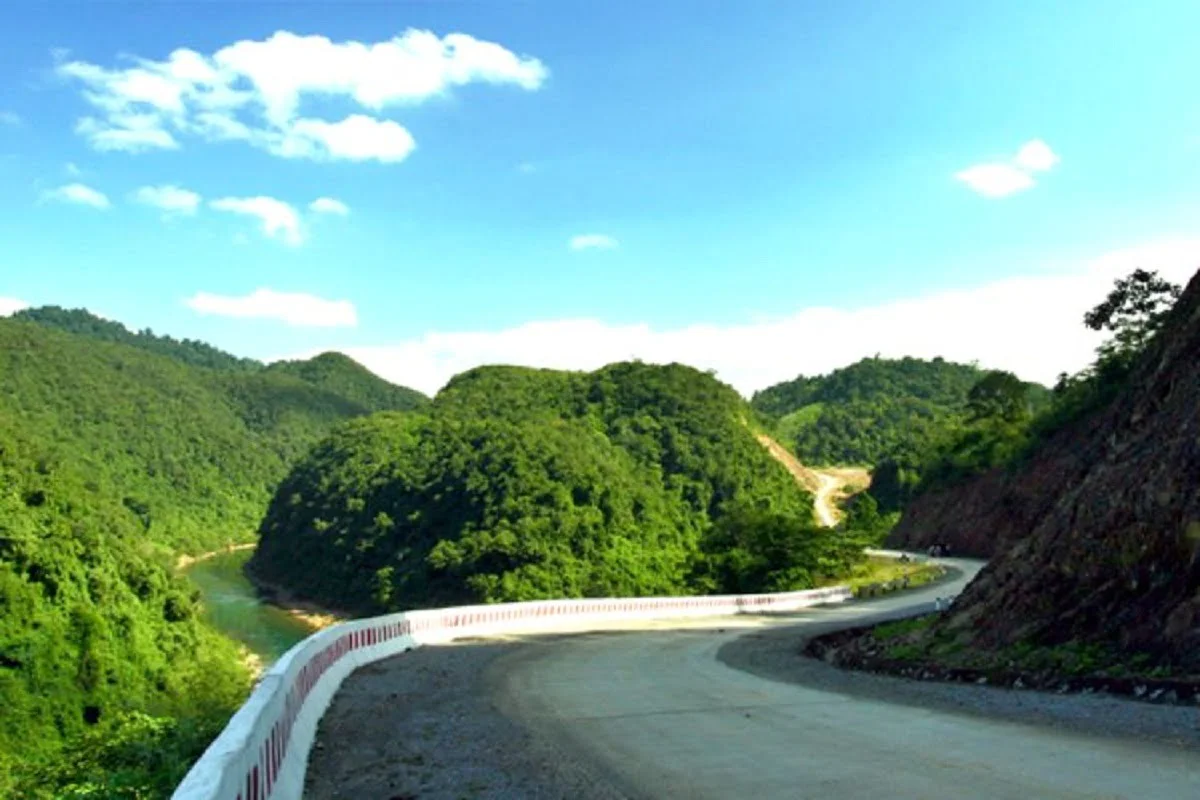
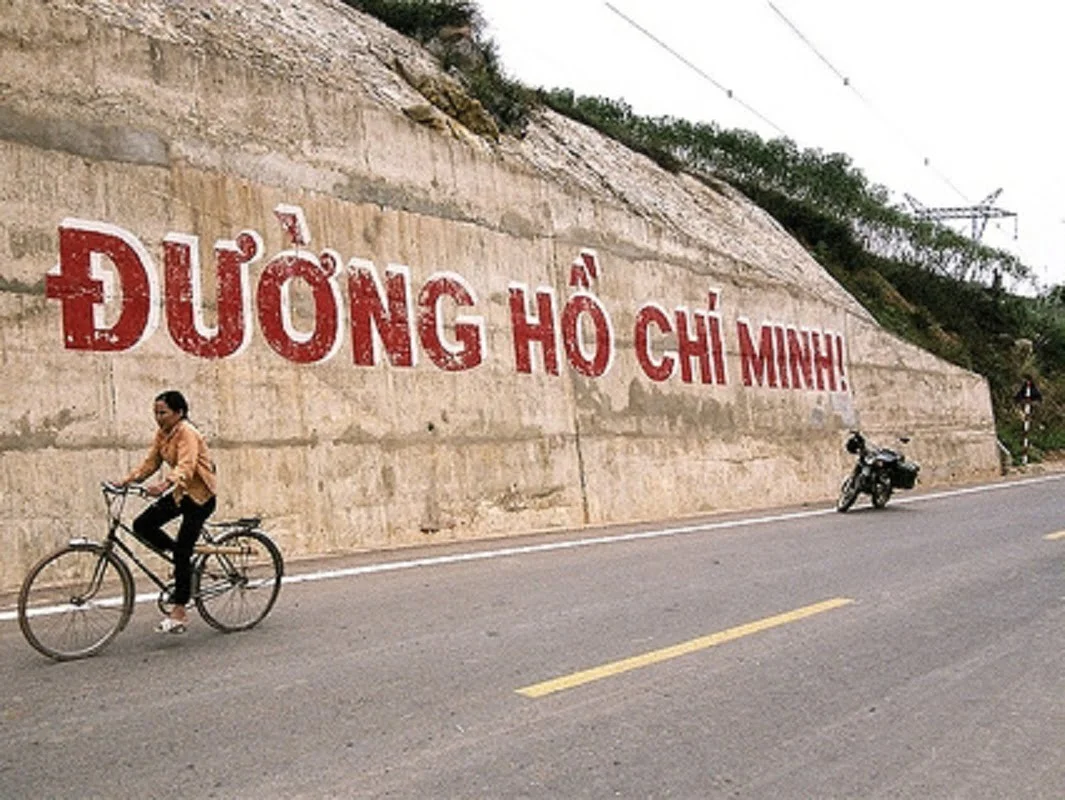
Ho Chi Minh trail become a tourism destination
The history of Vietnam is the pages of heroic battles, golden milestones in the hearts of each generation. Across the length of the country, heroic war victories can be found everywhere. The Ho Chi Minh trail is such a majestic historical example. The journey to revisit the old battlefield, the tour through the legendary Ho Chi Minh Trail is not only discovering a new land, but also experiencing and reliving the past history of the nation to remember more. proud of the generations of his forefathers, who did not spare themselves but sacrificed for the country.
Ho Chi Minh trail- The origin of the sacred path of the heroes who sacrificed for the nation
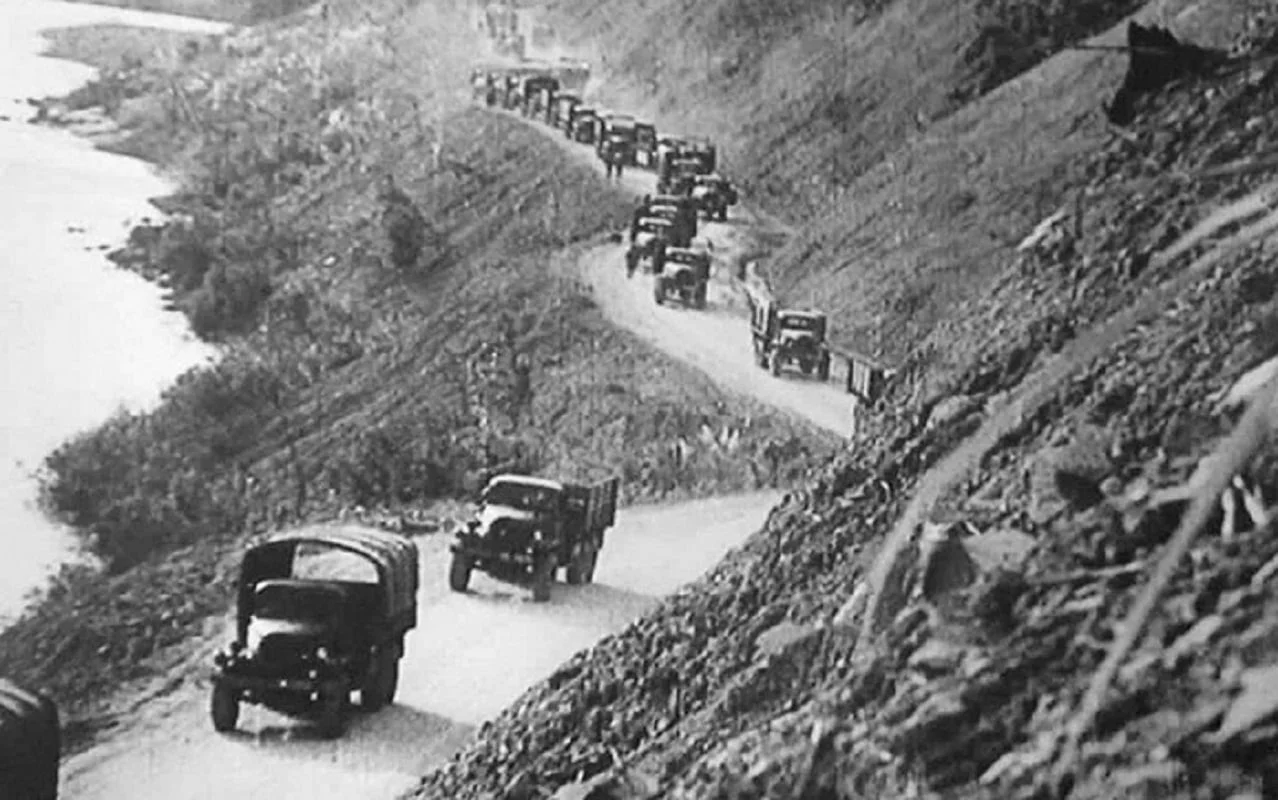
Ho Chi Minh trail during the years of resistance against the US
For Americans, the “trail” of Ho Chi Minh has become a “battle map through the jungle”. It was not only a supply route, but also a symbol of the Vietnam War. Americans consider their sufferings to be “primarily rooted in this impregnable path”.
As for the Vietnamese, the strategic aid line named after Ho Chi Minh is the path of the will to win, of courage, of heroic mettle. That is the road connecting south – north, unifying the country; and is the way to unite the peoples of the three Indochinese countries.
On May 19, 1959, the Politburo and President Ho Chi Minh advocated “Opening a secret road through Truong Son to ensure the demand for aid for the southern revolution”. Since then, the majestic Truong Son mountains have become a “buffer zone”, a “bridge” connecting the large rear of the North with the large front line in the South and the battlefields of Laos and Cambodia. The strategic military transport route Truong Son Road – Ho Chi Minh Road not only carries out the task of transporting material and technical facilities, ensuring the mobility of forces and transporting cadres in and out of all three battlefields… but also assumes the role of building strategic bases, serving as a solid support for the fronts, serving as the direct rear of the South Indochina battlefield, creating footholds for the main army corps, technical armaments. . This is also an integrated front to attack the enemy, where a very fierce battle to prevent and counter intercept takes place between the elite troops, equipped with the most advanced weapons of the US and the US military allied countries, with Vietnamese people “barefoot, steel will”.
Cu Chi Tunnels, the ending point of the Ho Chi Minh trail
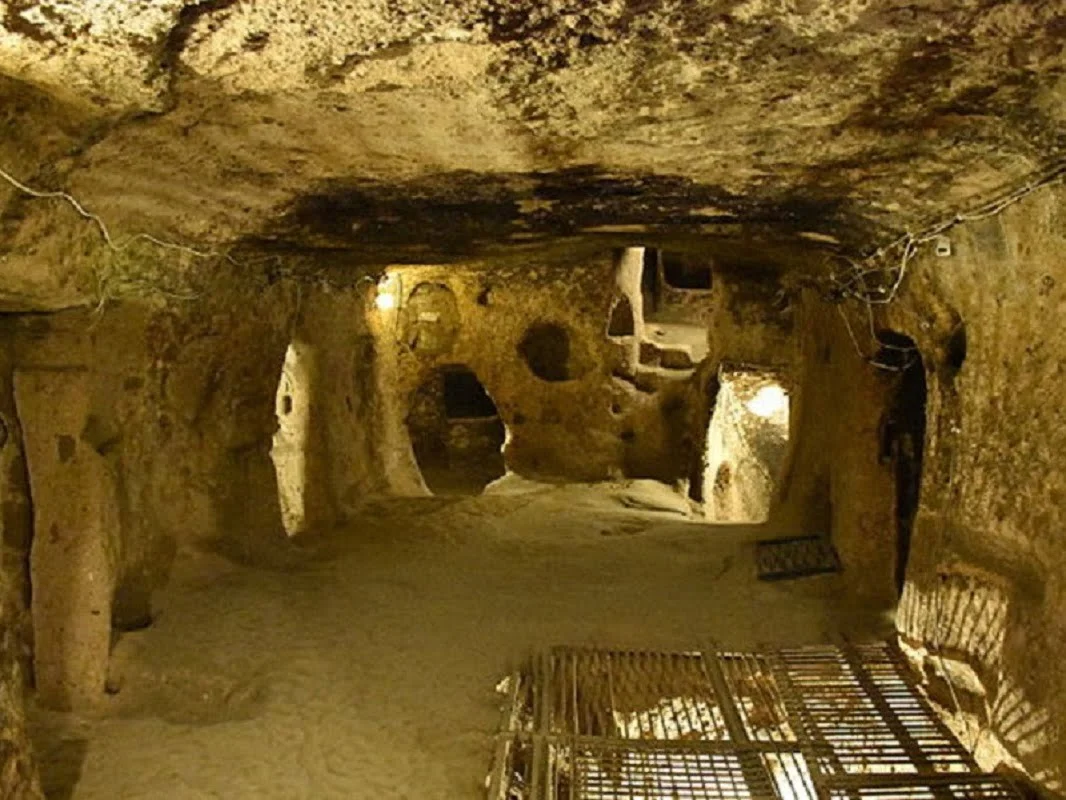
Exploring Cu Chi tunnel
Read more:Pu luong day trip
Cu Chi Tunnels is an underground defense system in Cu Chi district and about 70 km northwest of Ho Chi Minh City. This place was built to serve the period of the Indochina War and the Vietnam War.
With the location located at the end of the Ho Chi Minh Trail and an important piece of “steel land” in the ambush strategy, the tunnel system was used to attack Saigon during the 1968 Mau Than Tet.
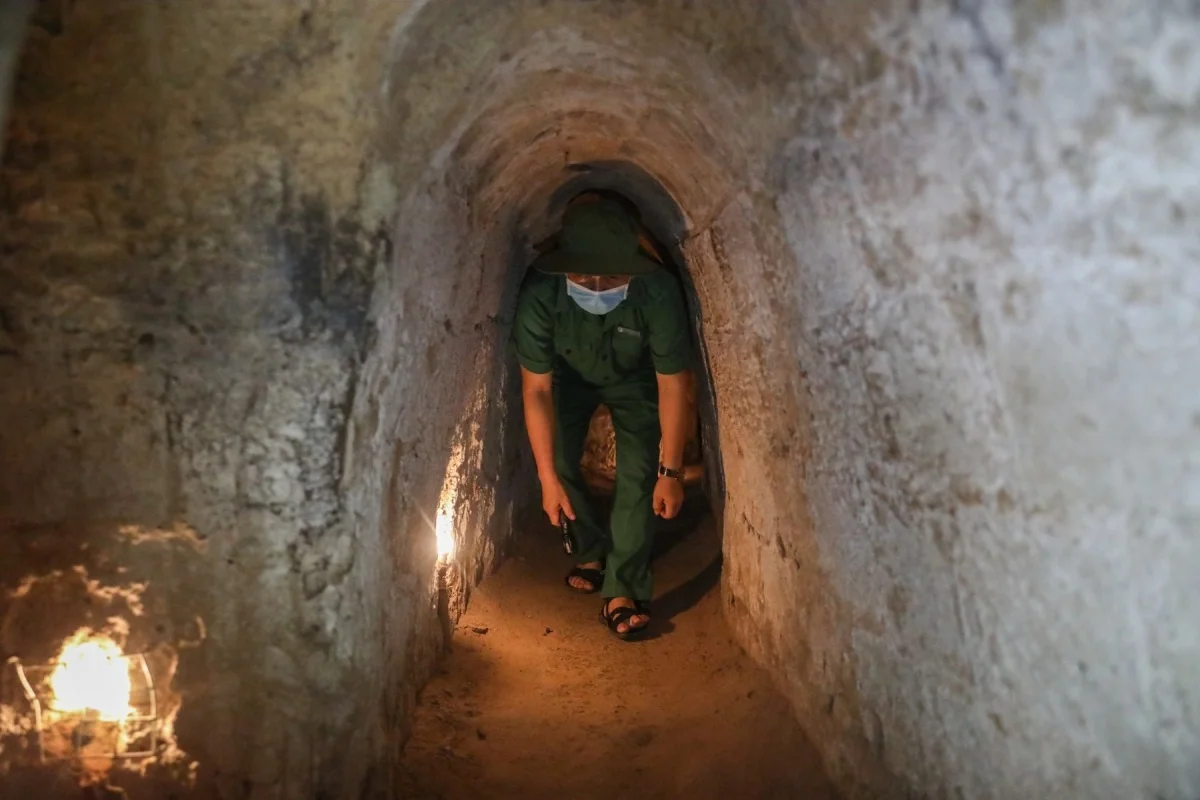
Cu Chi tunnel
The tunnel system includes a system of underground tunnels, offices, infirmaries, rooms, kitchens and storage. During the war, the tunnel was the shelter of the people during the raids of the French colonialists, as well as a system of travel and communication between the hamlets to support each other. The more fierce the war, the more important the island becomes, becoming a place to live, heal, meet, store weapons and support big battles.
In 2016, the historic Cu Chi tunnels area received the rank of special national relic.
Ho Chi Minh Trail today

Ho Chi Minh trail today
After the country’s reunification, Truong Son – Ho Chi Minh road carries a new historical mission, which is the road to the rich future of our Fatherland. It is also the path of unity of the nations and of the three Indochinese countries.
Determining such special importance, the Party and Government have determined to invest in the construction of Ho Chi Minh Road so that the “old legend” continues to write new achievements in the construction and renovation of the country. . On April 5, 2000, the Ho Chi Minh Road Project was officially issued an order to start construction at Xuan Son Bridge (Quang Binh). The national key project has special significance from the history to the economy of Vietnam, with a total length of more than 3,000 km, passing through 30 provinces and cities, starting from Cao Bang, passing through the Central and Central Highlands provinces, East and West provinces. Southern Vietnam and ends in Ca Mau. Up to now, the project has completed more than 2,300 km and hundreds of km of branch lines, etc.
Ho Chi Minh Road also passes through many famous scenic spots and historical sites such as: Cuc Phuong National Park, Lam Kinh relic, Ben En, Hai Thuong Lan Ong memorial area, Phong World Natural Heritage. Nha – Ke Bang, Bach Ma National Park, Ngoc Linh Nature Reserve, Km 0 Tan Ky, Kim Lien – Nam Dan Relic Area, Uncle’s hometown, Dong Loc junction, Khe Giao, Long Dai, Xuan Son, Tam Co Cave, Truong Son Cemetery, Dak Lay Prison, Kon Tum Prison, etc, are contributing to the prosperity, attracting domestic and international tourists to visit, study, study, especially is to educate the younger generation about the glorious historical tradition of the nation.
Read more: Pu Luong Nature Reserve

